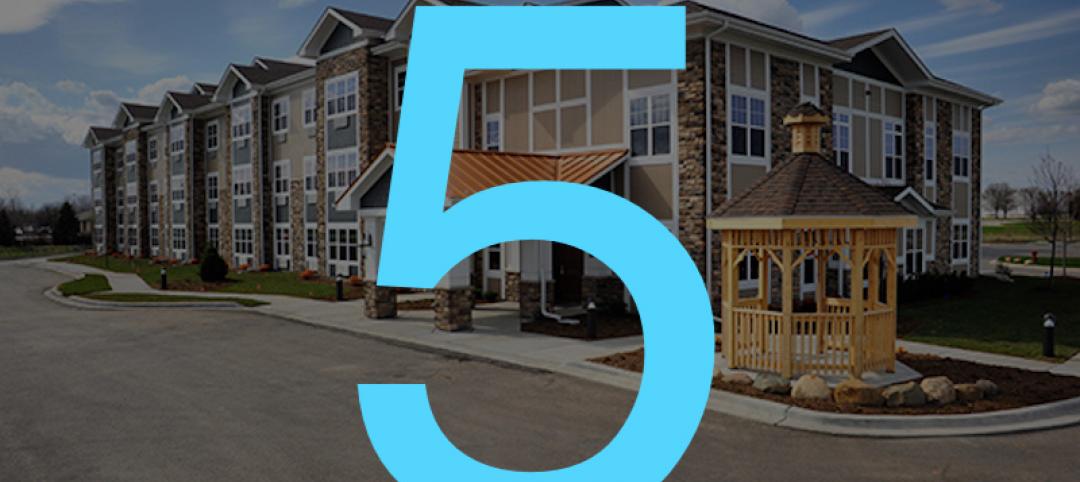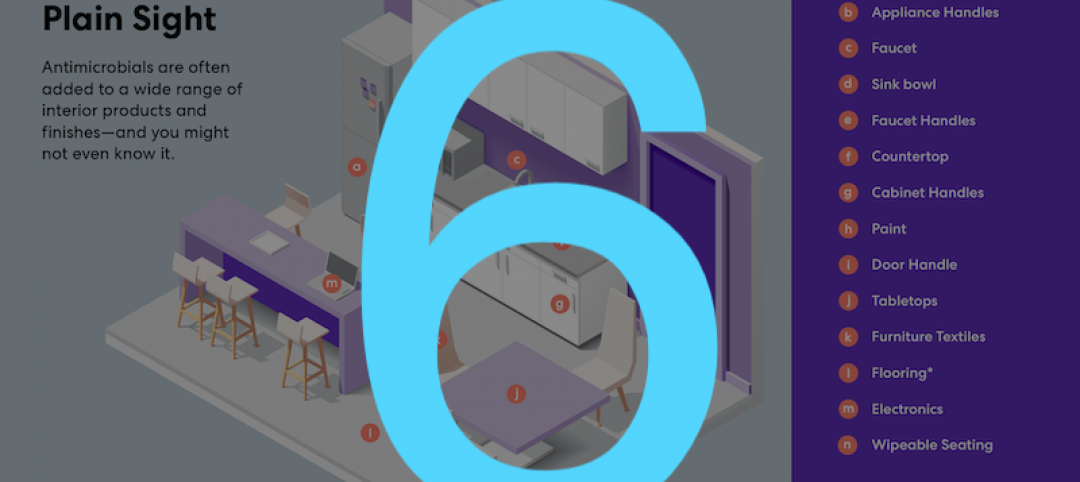Construction employment increased in nearly two out of three U.S. metro areas between November 2020 and November 2021, according to an analysis by the Associated General Contractors of America of new government employment data. Association officials said the job gains were welcome news for the industry but cautioned that it will be difficult for construction levels to return to pre-pandemic levels amid tight labor market conditions.
“It isn’t surprising that construction employment has picked up in most metros over the past year, given the strong economic rebound most of the country has experienced,” said Ken Simonson, the association’s chief economist. “But with record job openings in construction, it’s clear that even more metros should be in the plus column if contractors could find the workers they need and get materials delivered on schedule.”
Construction employment increased in 237 or 66% of 358 metro areas over the last 12 months. Sacramento--Roseville--Arden-
Construction employment declined from a year earlier in 74 metros and was flat in 47. Nassau County-Suffolk County, N.Y. lost the most jobs (-6,300 or -8%), followed by Orange-Rockland-Westchester counties, N.Y. (-3,900 jobs, -9%); Calvert-Charles-Prince George’s counties, Md. (-2,700 jobs, -8%); Houston-The Woodlands-Sugar Land, Texas (-2,600 jobs, -1%) and Nashville-Davidson-
Association officials said most construction firms report they are struggling to find enough qualified workers to hire. The officials called on the Biden administration to boost funding for career and technical education to expose more students to construction career opportunities. They noted that federal officials put six dollars into collegiate education and preparation for every dollar they currently invest in career and technical education.
“The gap in federal funding for career and technical education is making it hard for sectors like construction, manufacturing and shipping to find workers interested in those career tracks,” said Stephen E. Sandherr, the association’s chief executive officer. “We are doing everything we can to recruit people into high-paying construction careers but exposing more students to construction skills will certainly help.”
View the metro employment data, rankings, top 10, and new highs and lows.
Related Stories
Market Data | Jun 12, 2020
6 must reads for the AEC industry today: June 12, 2020
How will museums change in the face of COVID-19 and the patriarch of The Boldt Company dies.
Market Data | Jun 11, 2020
5 must reads for the AEC industry today: June 11, 2020
Istanbul opens largest base-isolated hospital in the world and AIA issues tools for reducing risk of COVID-19 transmission in buildings.
Market Data | Jun 10, 2020
6 must reads for the AEC industry today: June 10, 2020
Singapore's newest residential district and CannonDesign unveils COVID Shield.
Market Data | Jun 9, 2020
ABC’s Construction Backlog Indicator inches higher in May; Contractor confidence continues to rebound
Nonresidential construction backlog is down 0.8 months compared to May 2019 and declined year over year in every industry.
Market Data | Jun 9, 2020
6 must reads for the AEC industry today: June 9, 2020
OSHA safety inspections fall 84% and the office isn't dead.
Market Data | Jun 8, 2020
Construction jobs rise by 464,000 jobs but remain 596,000 below recent peak
Gains in may reflect temporary support from paycheck protection program loans and easing of construction restrictions, but hobbled economy and tight state and local budgets risk future job losses.
Market Data | Jun 5, 2020
7 must reads for the AEC industry today: June 5, 2020
The world's first carbon-fiber reinforced concrete building and what will college be like in the fall?
Market Data | Jun 4, 2020
7 must reads for the AEC industry today: June 4, 2020
Construction unemployment declines in 326 of 358 metro areas and is the show over for AMC Theatres?
Market Data | Jun 3, 2020
Construction employment declines in 326 out of 358 metro areas in April
Association says new transportation proposal could help restore jobs.
Market Data | Jun 3, 2020
6 must reads for the AEC industry today: June 3, 2020
5 ways to improve cleanliness of public restrooms and office owners are in no hurry for tenants to return.

















